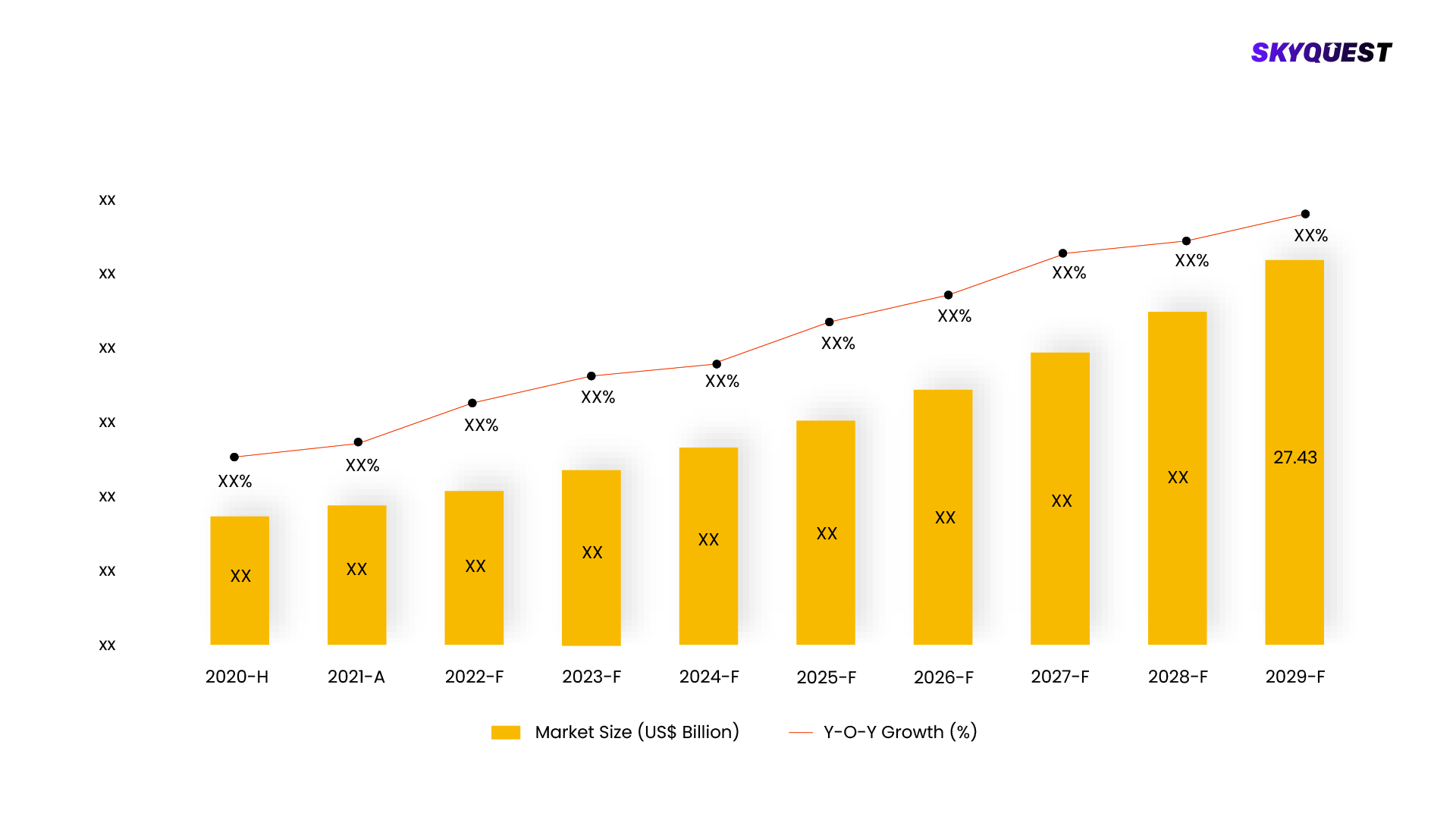
Product ID: UCMIG25J2008

Report ID:
UCMIG25J2008 |
Region:
Global |
Published Date: Upcoming |
Pages:
165
| Tables: 55 | Figures: 60
As sports are gaining more prominence as a key vertical market for interconnected devices and IoT, the idea of smart sports equipment is becoming more popular. For tracking athletic and fitness performance to evaluate health metrics, by rising demand, the adoption of the product is being boosted. During the forecast period to boost the sales projections of the global smart sports equipment market the preference of consumers for sports as a lifestyle to maintain health. A significant growth driver promoting the growth of the global smart sports equipment market is the increasing influence of digital marketing and media advertising. In the overall market, the demand for smart sports equipment has augmented due to the rise in penetration of the internet in emerging economies and the rising number of online retailers. With the increasing promotion and advertisements on social media, shoppers' decisions to buy sporting equipment have been significantly influenced. Consumers are been urged to invest in these high-tech sports equipment by media bloggers and popular figures who are raising awareness of cloud computing products and trackers, to support their active lifestyles.

This report is being written to illustrate the market opportunity by region and by segments, indicating opportunity areas for the vendors to tap upon. To estimate the opportunity, it was very important to understand the current market scenario and the way it will grow in future.
Production and consumption patterns are being carefully compared to forecast the market. Other factors considered to forecast the market are the growth of the adjacent market, revenue growth of the key market vendors, scenario-based analysis, and market segment growth.
The market size was determined by estimating the market through a top-down and bottom-up approach, which was further validated with industry interviews. Considering the nature of the market we derived the Leisure Products by segment aggregation, the contribution of the Leisure Products in Consumer Durables & Apparel and vendor share.
To determine the growth of the market factors such as drivers, trends, restraints, and opportunities were identified, and the impact of these factors was analyzed to determine the market growth. To understand the market growth in detail, we have analyzed the year-on-year growth of the market. Also, historic growth rates were compared to determine growth patterns.
Our industry expert will work with you to provide you with customized data in a short amount of time.
REQUEST FREE CUSTOMIZATIONWant to customize this report? This report can be personalized according to your needs. Our analysts and industry experts will work directly with you to understand your requirements and provide you with customized data in a short amount of time. We offer $1000 worth of FREE customization at the time of purchase.

Product ID: UCMIG25J2008